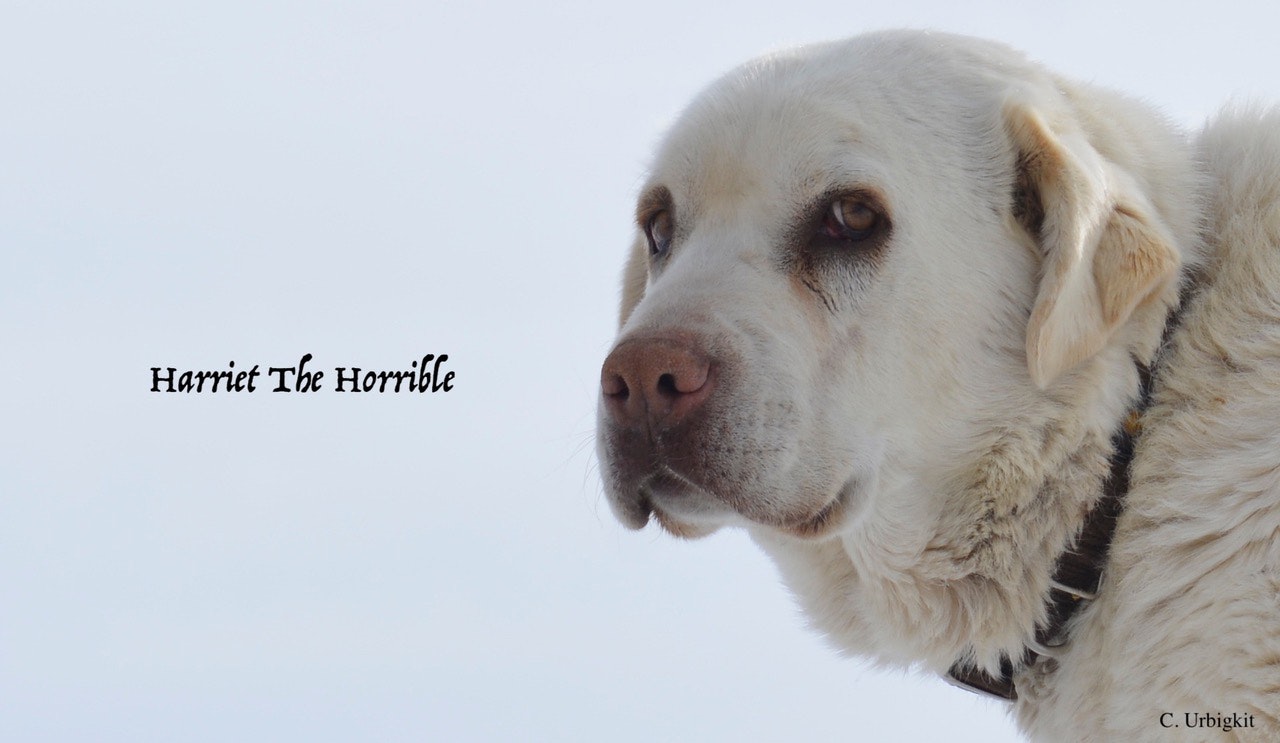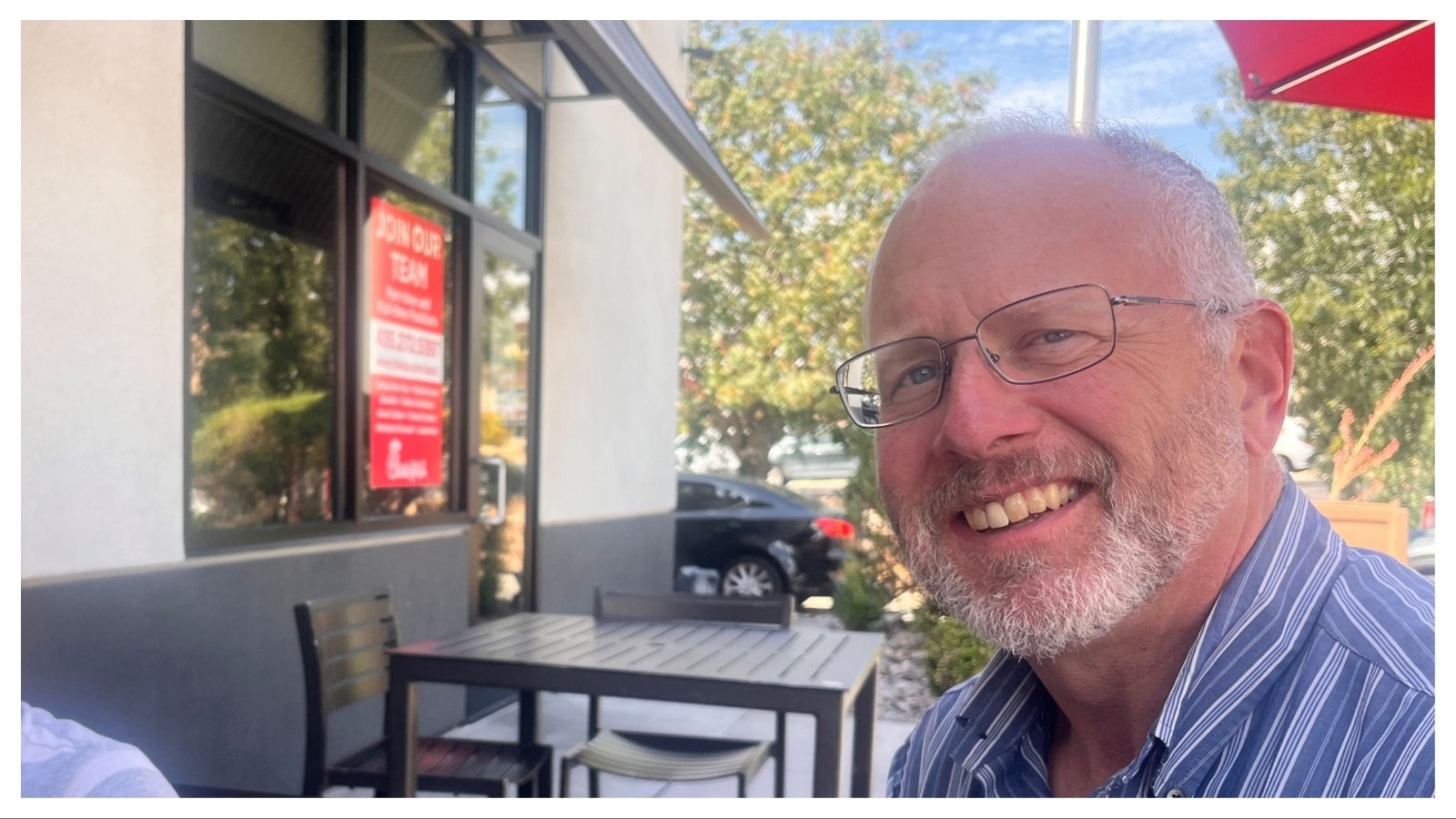The sun hadn’t yet emerged over the top of the Wind River Mountains when we drove through the lambing grounds in the first check of the day, making sure that the ewes, lambs, and livestock guardian dogs had made it safely through the night.
Most of the sheep were already moving off their bedground on a sagebrush-covered ridge above the river. They would spend the morning grazing, watering at the river, and then resting a good portion of the day before slowly making their way back up to higher ground in the evening.
We’re into our second week of lambing, so every morning we check the prior night’s bedground to ensure that ewes with newborn lambs are separated off into a “nursery” bunch, and that no lambs are left behind without their mothers.
As we drive and walk, each of our livestock guardian dogs appear, either rising up from a hiding spot in the sagebrush, or moving toward us for their breakfast, which we dish out of a 5-gallon bucket from the back of the truck.
This morning all seemed well but we hadn’t yet located guardian dog Harriet the Horrible. When we got to the edge of the ridge, Harriet raised her head up out of the brush but refused to get up or move toward us, so we knew she was waiting for assistance.
We hurried over to find a lamb sleeping next to her. A ewe had moved off without her lamb, so Harriet took over supervising the babe. I reached down to scoop up the lamb to return it to its missing mother, relieving Harriet of responsibility for the young life.
Harriet is a huge dog and we’ve called her Harriet the Horrible since she was a small pup. She was raised with orphan lambs, and even at just a few months old, she was exceptionally grumpy about anyone messing with her lambs – even though it was our job to feed the lambs milk replacer numerous times a day. It was entertaining to have such a tiny animal growling and barking at us when we were taking care of the lambs she so treasured.
Even as a pup, Harriet knew she was a big dog, but her body hadn’t had time to make it happen yet. She was the same way with all the adult guardian dogs, pretending as though she was the most dangerous animal on the place even in puppyhood. With time, her body grew to match her vision of herself, as she became a formidable protector and leader of the guardian dogs.
When Harriet was a few months old, we realized that she had a wicked sense of humor, and I frequently teased her. When I made kissing noises in her direction, Harriet would lunge at me, growling and snarling. As her body grew, she realized that others (both people and dogs) found her intimidating. She adopted a typical greeting that involves lunging forward at the visitor while showing her teeth and making monster sounds. We’ll yell at her in response, and she’ll give an open-mouthed, tongue-lolling grin, proving it was all a joke as she presses against my legs, head down, doing the dog version of laughter.
Other visitors to the ranch aren’t as charmed by Harriet’s aggressive “smile” greeting and lunge, but she always follows up with the silly grin, generally earning forgiveness for being somewhat terrifying.
Once she was freed from watching over the lamb, Harriet was on her feet, spending some time playing with the Fly the herding dog before taking a break to eat a bowl of kibble.
Harriet’s behavior is typical of our livestock guardian dogs, but each has its own personality and preferences. Each dog stations itself near the animals they deem the most vulnerable, whether it’s a ewe in labor, a lamb left behind, or a ewe with newborns. They stay with the vulnerable until they are no longer needed, and then moving on seek out the next animal in need of protection.
Cat Urbigkit is an author and rancher who lives on the range in Sublette County, Wyoming. Her column, Range Writing, appears weekly in Cowboy State Daily.





